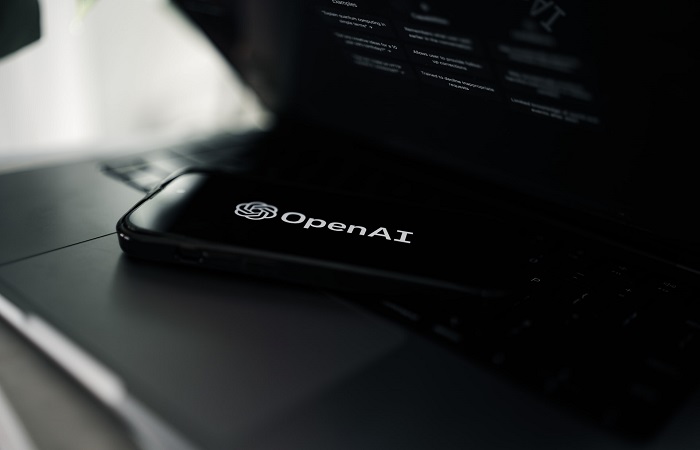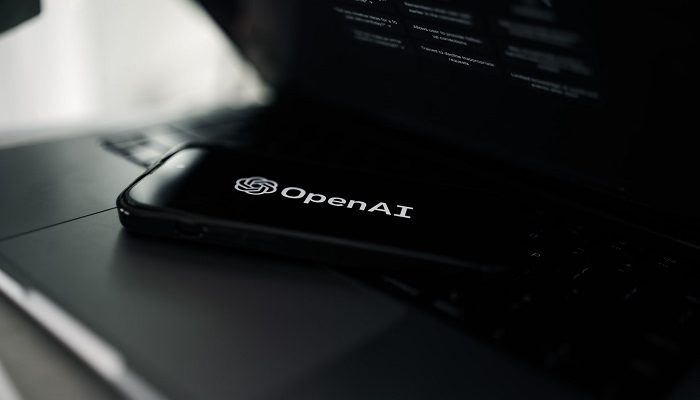
GPT is a type of artificial intelligence language model that uses deep learning algorithms to generate human-like text. The model is trained on a large dataset of text and uses a transformer architecture to generate new text based on the input provided. GPT is pre-trained, meaning that it has been trained on a large dataset before being fine-tuned for specific applications, such as ChatGPT.
What is ChatGPT?
ChatGPT is a language model developed by OpenAI, a leading organization in the field of artificial intelligence research. It is based on the Generative Pre-trained Transformer (GPT) architecture and is designed to generate human-like text in real-time. It can be used for a wide range of applications, including customer service and support, language translation, content creation, and research and development.
Understanding ChatGPT
- How does ChatGPT work?
ChatGPT works by using the GPT architecture and training it specifically for conversational applications. It generates text based on the input provided, taking into account the context of the conversation to generate appropriate responses. The model uses advanced natural language processing techniques to understand the meaning of the input and generate a response that is relevant and coherent.
- Use cases for ChatGPT
ChatGPT has a wide range of applications in various industries, including customer service and support, language translation, content creation, and research and development. For example, it can be used to provide real-time customer support, generate human-like content for websites and social media, and assist with language translation.
Features and Benefits of ChatGPT
- Natural language processing
ChatGPT has advanced natural language processing capabilities, allowing it to understand and generate human-like text. This enables the model to engage in real-time conversations and respond in a manner that is coherent and relevant to the context.
- Large scale training data
ChatGPT has been trained on a massive dataset of text, giving it a deep understanding of language and the ability to generate high-quality text. This allows it to respond to a wide range of input and generate text that is coherent and relevant.
- Improved language generation capabilities
The GPT architecture and large training data used in ChatGPT result in improved language generation capabilities compared to previous models. The model is capable of generating high-quality text that is coherent and relevant to the context of the conversation.
- Real-time interaction
ChatGPT is designed for real-time interaction, allowing it to engage in conversational applications in real-time. This makes it well-suited for applications such as customer service and support, where quick and accurate responses are important.
Applications of ChatGPT
- Customer service and support
ChatGPT can be used in customer service and support applications to provide real-time assistance to customers. The model can handle a wide range of customer inquiries and provide accurate and relevant responses, reducing the need for human support and improving the overall customer experience.
- Language Translation
ChatGPT can assist with language translation by providing real-time translation services. The model’s advanced natural language processing capabilities allow it to accurately translate text between multiple languages, making it useful for global businesses and organizations.
- Content creation
ChatGPT can be used to generate high-quality text for websites, social media, and other digital media. The model’s ability to understand context and generate human-like text makes it well-suited for applications such as writing articles, composing social media posts, and creating product descriptions.
- Research and Development
ChatGPT can be used in research and development to explore new applications of AI and advance the field. The model’s ability to generate human-like text and understand context can be leveraged for a wide range of research projects, including language modeling, sentiment analysis, and more.
Limitations of ChatGPT
- Bias in training data
Like any machine learning model, ChatGPT is only as good as the data it has been trained on. If the training data contains biases, such as gender, race, or political bias, these biases will be reflected in the output generated by the model.
- Lack of context awareness
While ChatGPT has advanced natural language processing capabilities, it is not always able to fully understand the context of a conversation. This can result in the generation of text that is not relevant or coherent in the context of the conversation.
- Dependence on large amounts of data
ChatGPT is a highly complex model that requires large amounts of data to be trained effectively. This can make it challenging to fine-tune the model for specific applications or to use it in low-data environments.
- Limited ability to handle tasks outside of its training data
ChatGPT is designed to generate text based on the input it has been trained on. This means that it may struggle with tasks or questions that are outside of the scope of its training data, resulting in the generation of incorrect or irrelevant responses.
Future of ChatGPT
- Advancements in AI and NLP
Advancements in AI and NLP are likely to significantly impact the future of ChatGPT. As AI and NLP continue to evolve, the ability of ChatGPT to understand and respond to human communication will become increasingly sophisticated. This could lead to more natural and intuitive interactions between users and the technology, and result in a more seamless and enjoyable user experience. Additionally, improvements in AI and NLP will also allow ChatGPT to tackle more complex tasks and provide more accurate and relevant information, making it a valuable tool for a wider range of applications.
- Integration with other technologies
Integration with other technologies is a key aspect of the future of ChatGPT. By integrating with other technologies such as voice assistants and customer service chatbots, ChatGPT can improve its versatility and usability in various industries. For example, ChatGPT can be integrated with voice assistants to provide a more natural and intuitive way of interacting with the technology, allowing users to carry out tasks and receive information simply by speaking.
In the customer service industry, ChatGPT can be integrated with chatbots to provide quick and accurate responses to customer inquiries, reducing wait times and improving overall customer satisfaction. This integration can also help to free up human customer service agents to handle more complex and nuanced customer inquiries.
ChatGPT can also be integrated with other AI and machine learning technologies, such as computer vision and data analysis, to provide even more comprehensive and powerful solutions. This could lead to the development of innovative applications and services that can greatly benefit a wide range of industries.
Overall, the integration of ChatGPT with other technologies has the potential to significantly enhance its capabilities and impact, and help to bring AI and NLP to a wider range of users and applications.
- Potential impact on various industries
The potential impact of ChatGPT on various industries is significant. ChatGPT has the potential to streamline processes, improve customer service, and generate valuable insights and data in industries such as:
Customer Service – ChatGPT can be integrated with customer service chatbots to provide quick and accurate responses to customer inquiries, reducing wait times and improving overall customer satisfaction.
Healthcare – ChatGPT can be used to provide patients with accurate and personalized health information, or assist healthcare professionals in diagnosing and treating patients.
Finance – ChatGPT can be used to provide personalized financial advice and support, or assist financial institutions in detecting and preventing fraud.
Retail – ChatGPT can be integrated with e-commerce websites and shopping apps to provide customers with personalized product recommendations and support during the purchasing process.
Education – ChatGPT can be used to provide students with personalized learning support and information, or assist educators in grading and providing feedback on student work.
Overall, ChatGPT has the potential to significantly improve efficiency and accuracy in a variety of industries, and provide valuable insights and data to organizations looking to better understand and serve their customers.
Possibility of Errors in ChatGPT
As an AI language model, ChatGPT can make errors in its responses. These errors can range from incorrect information, misunderstandings of the context or intent of the question, and language generation errors such as grammatical mistakes or nonsensical responses.
It’s important to keep in mind that ChatGPT is not a perfect system and is limited by the data it was trained on and the algorithms used to generate its responses. Thus, it’s always a good idea to verify the information provided by ChatGPT with reliable sources.
Final thoughts
ChatGPT is a remarkable technology that has the potential to transform various industries and improve our daily lives. With its ability to process and understand natural language, generate human-like responses, and learn from large scale training data, ChatGPT has the potential to revolutionize the way we interact with technology. However, it’s important to note that the technology is not perfect and there are limitations that need to be addressed, such as bias in the training data and ethical considerations.
Moving forward, it’s exciting to imagine the possibilities that advancements in AI and NLP can bring to ChatGPT and its applications. As the technology continues to evolve and improve, it’s likely that ChatGPT will play a larger role in our daily lives, from customer service and support to content creation and beyond.
Overall, ChatGPT is a powerful tool with the potential to change the world, and it will be fascinating to see how it continues to develop in the years to come.

